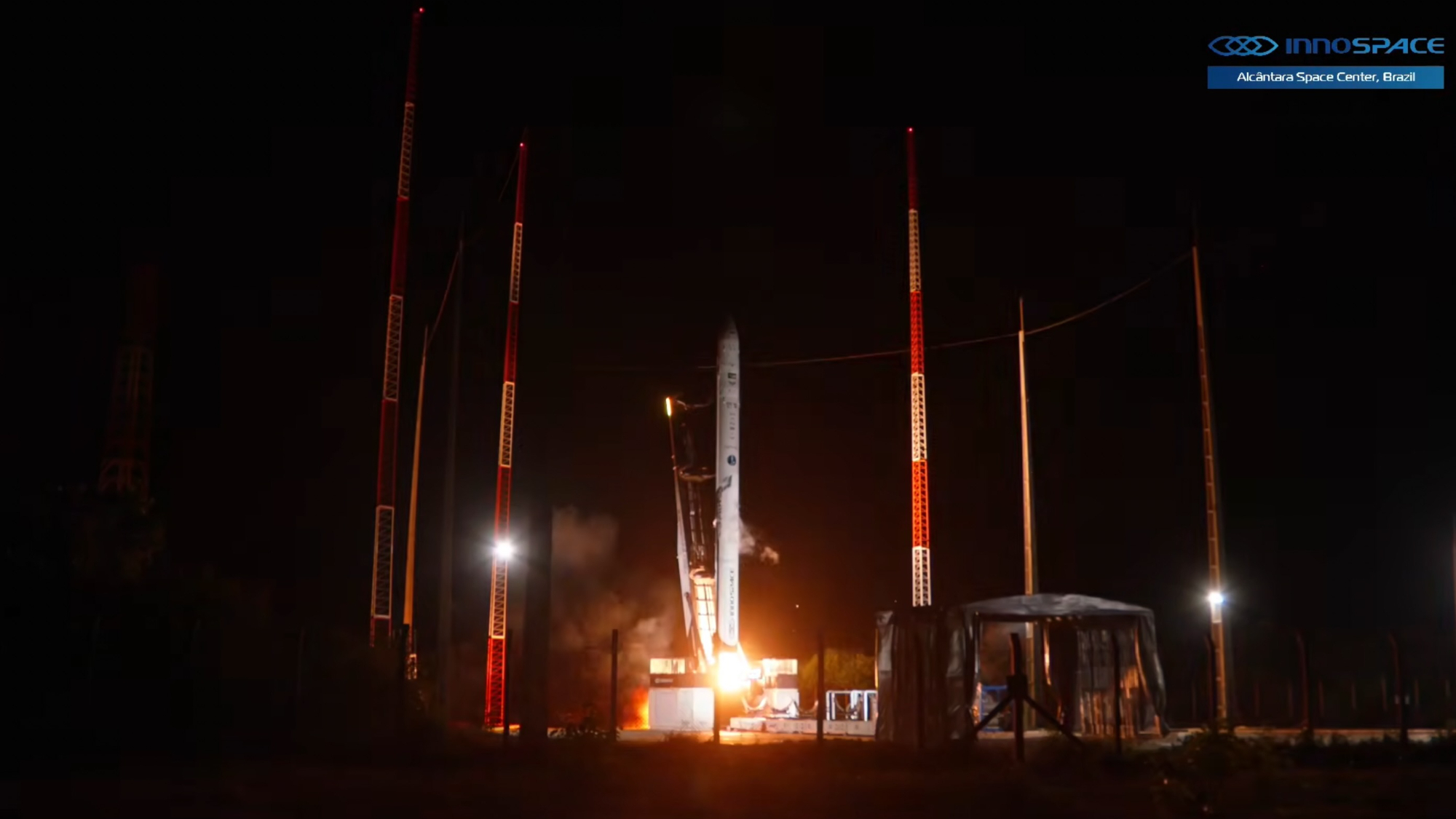See Hurricane Hanna from space as seen by astronauts and satellites (video)
For astronauts and satellites alike, space is proving to be a perfect vantage point to spot swirling hurricanes.
NASA astronaut Bob Behnken spotted Hurricane Hanna from the International Space Station as it swirled over the Gulf of Mexico on Friday (July 24). Hanna made landfall in southern Texas on Saturday and has since been reclassified as a tropical storm.
The astronaut, who is set to return to Earth Sunday (Aug. 2) on SpaceX's Crew Dragon spacecraft, shared an image of the storm, circulating just next to the black of space and a few pieces of technology jutting out from the space station.
Video: Hurricane Hanna seen by space station and satellite
Related: Could hurricanes swirl on cold, dry alien planets?
Snapped this photo of the storm in the Gulf of Mexico on Friday as it was starting to have observable structure from @Space_Station. #HurricaneHanna pic.twitter.com/KiamE0lmKkJuly 26, 2020
"Snapped this photo of the storm in the Gulf of Mexico on Friday as it was starting to have observable structure from @Space_Station. #HurricaneHanna" Behnken wrote on Twitter. Behnken's Expedition 63 crewmate and Crew Dragon co-pilot Doug Hurley also tweeted a photo of Hurricane Hanna from space.
Behnken and Hurley weren't the only ones to capture the storm from space. The AIRS (Atmospheric Infrared Sounder) instrument, which studies Earth's climate and weather, on NASA's Earth-observing Aqua satellite has been watching the storm. Hanna made landfall as a Category 1 hurricane at around 5 p.m. local time on Saturday (July 25) over Padre Island, Texas.
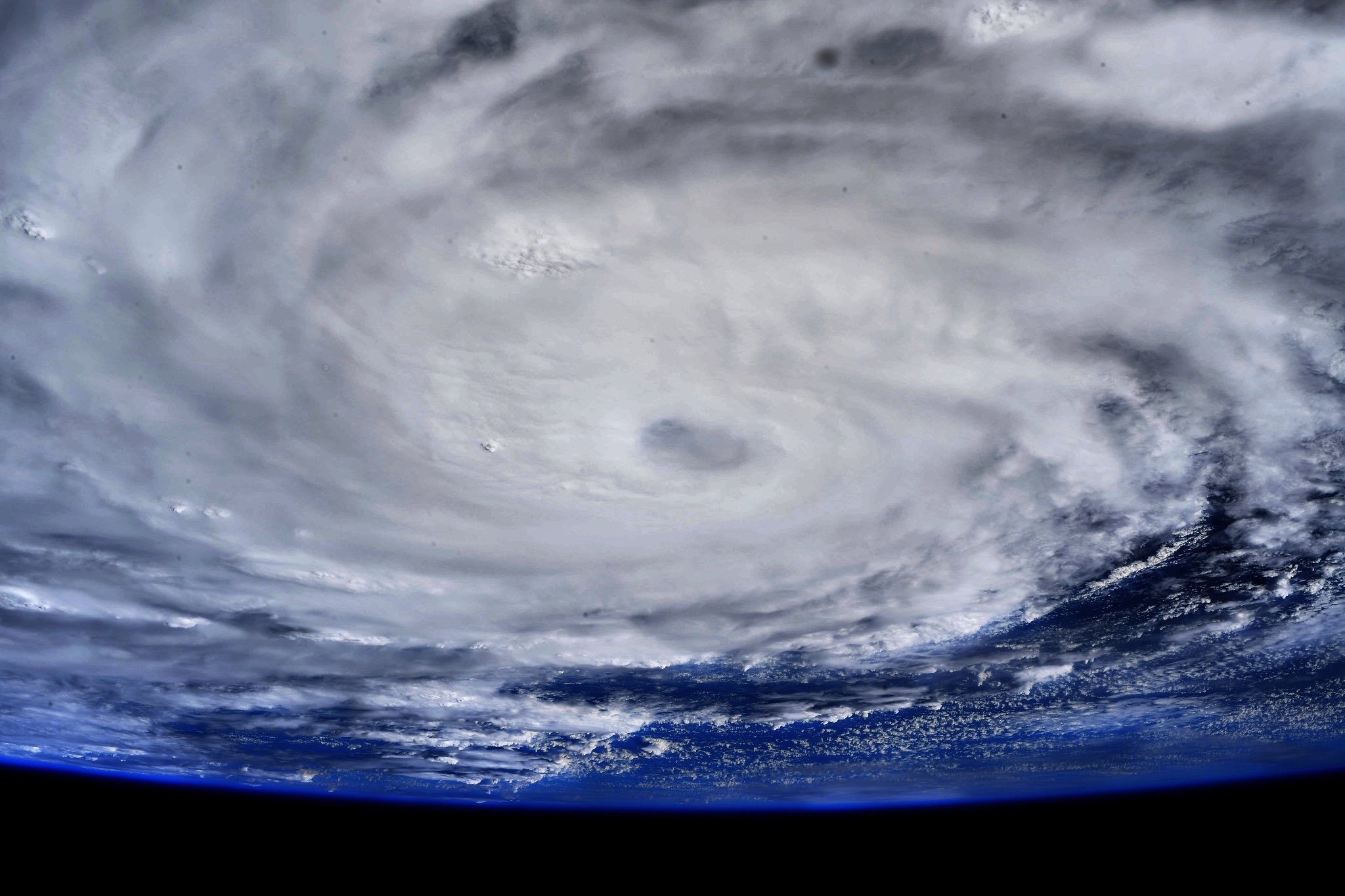
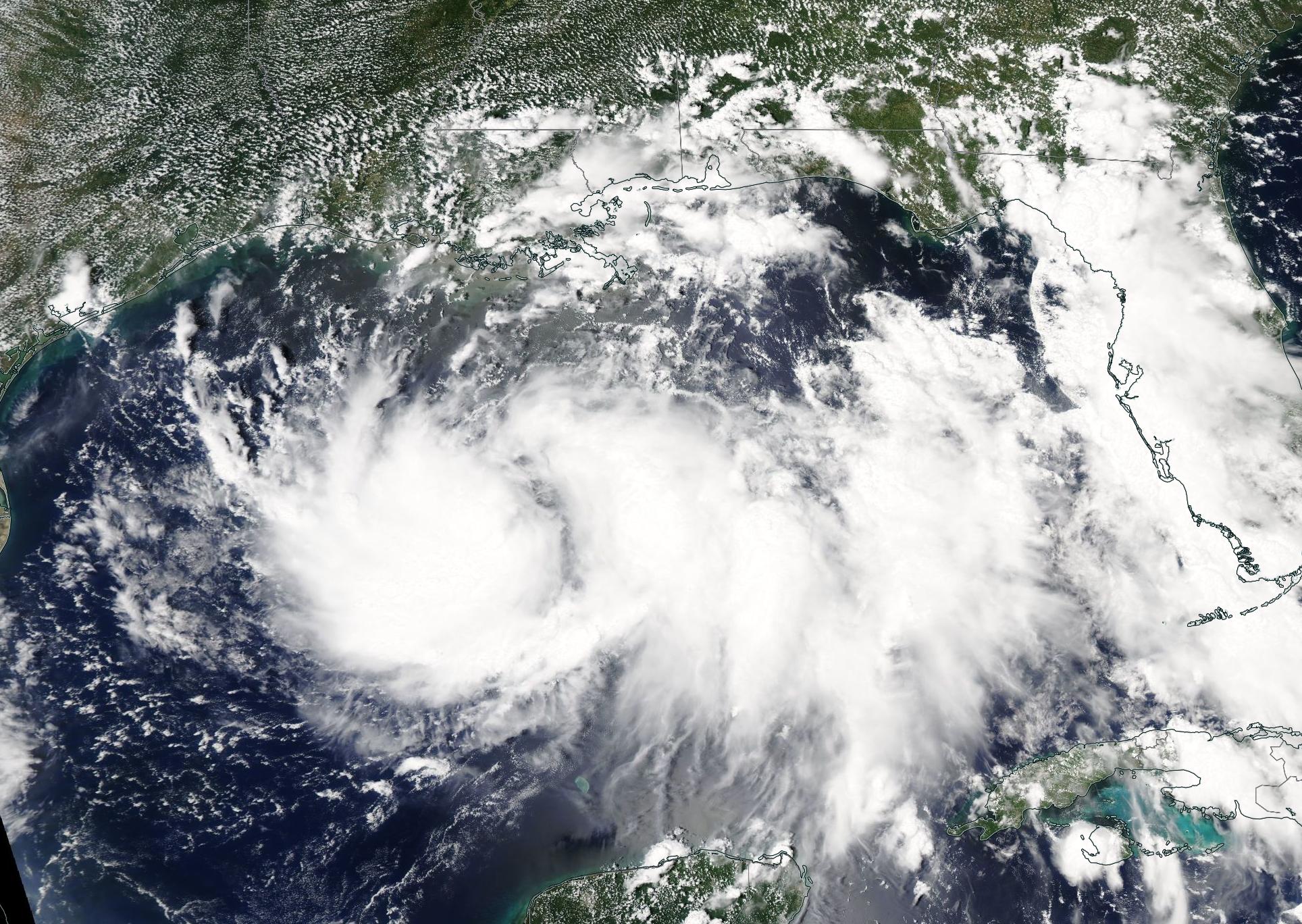
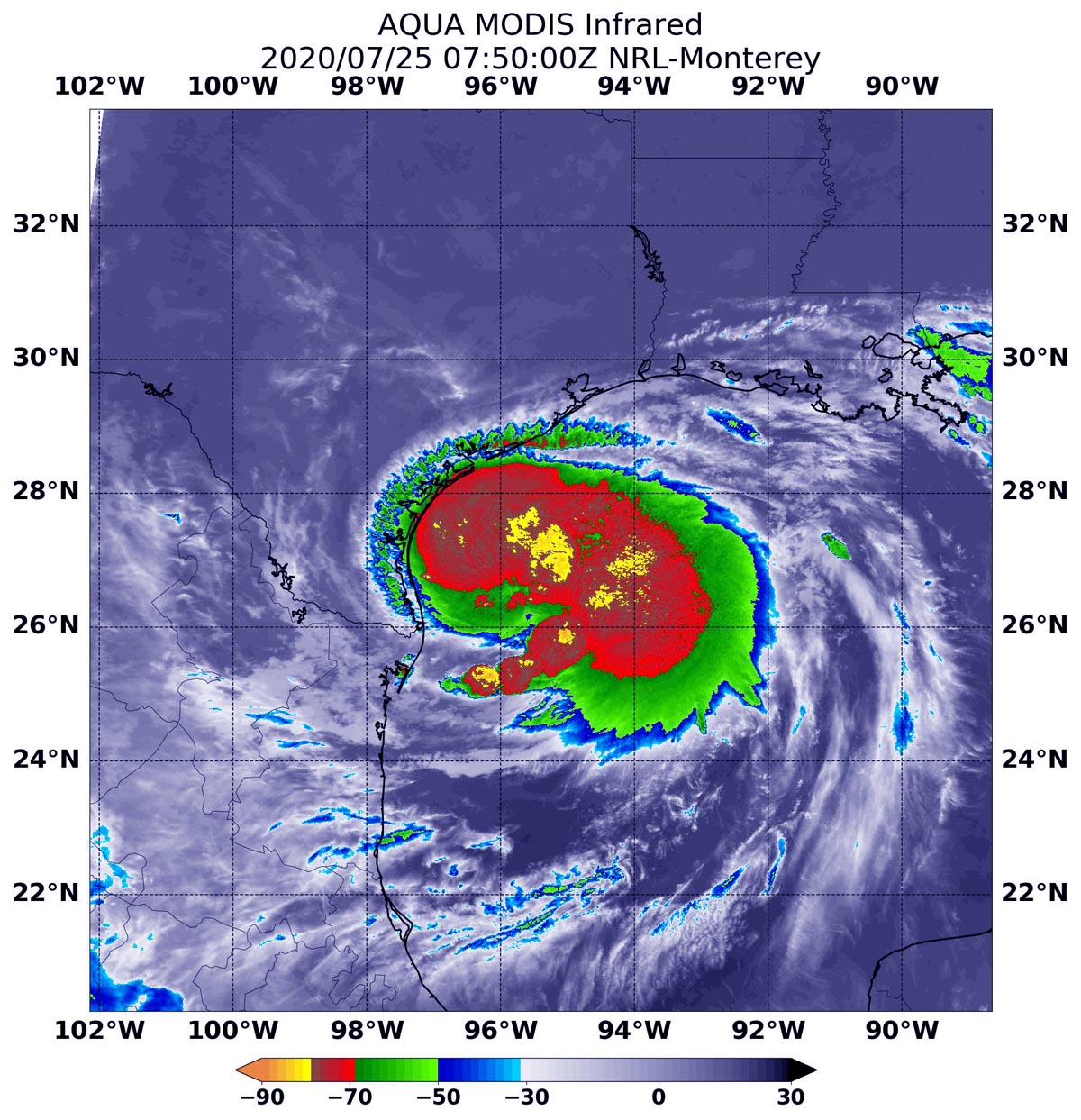
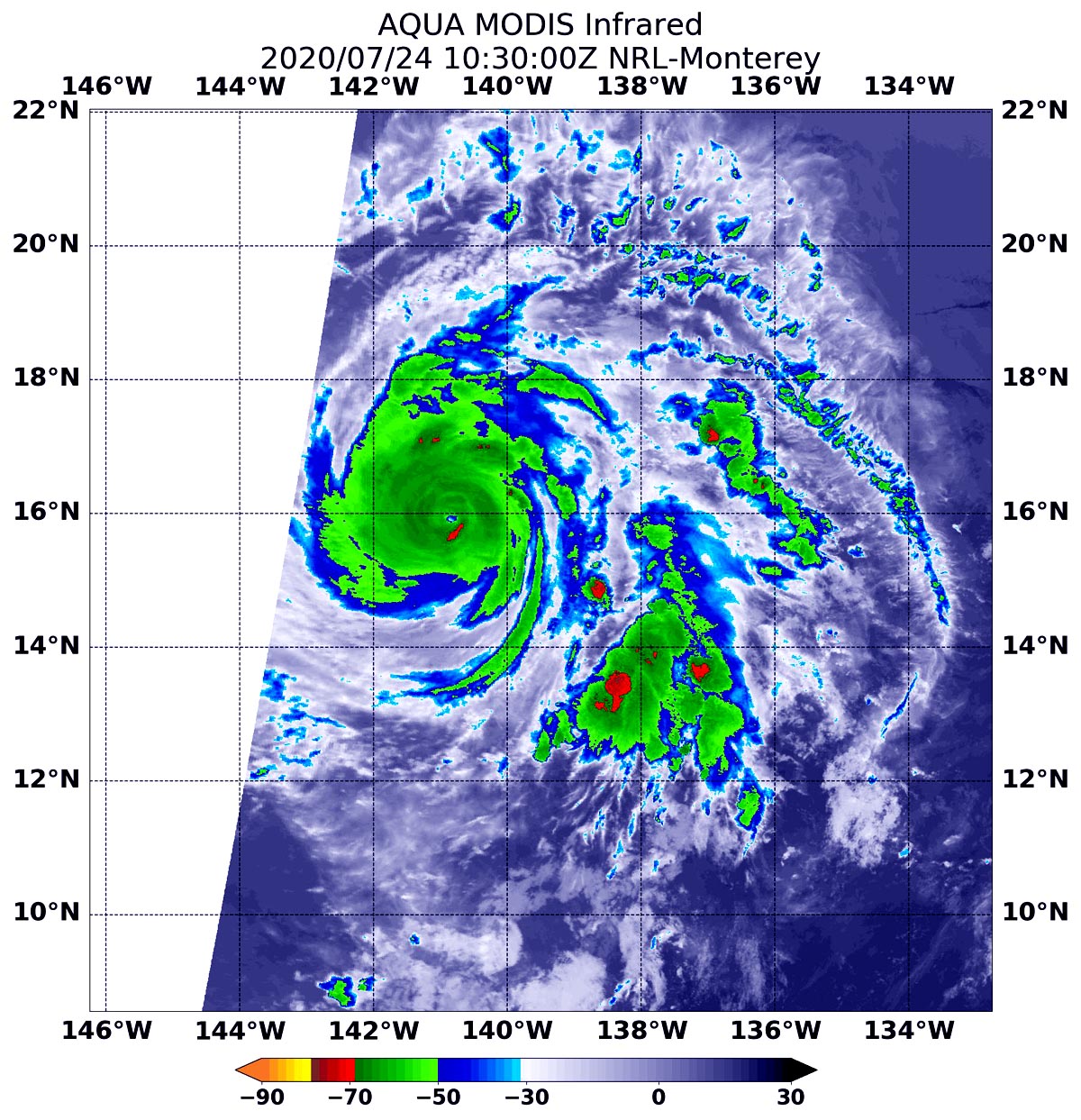
Since hitting land in South Texas on Saturday, the storm has continued to diminish and, in the early morning on Sunday (July 26) it had weakened to a tropical storm and then, by the afternoon, to a tropical depression.
Breaking space news, the latest updates on rocket launches, skywatching events and more!
A tropical storm is a tropical cyclone with maximum sustained surface winds between 39 and 73 mph (34 to 63 knots) while a tropical depression has winds that average one-minute long and are typically around 38 mph (33 knots.)
Hanna will continue to travel over northeastern Mexico and is set to dissipate by late in the day today (July 27), according to the National Hurricane Center.
In the AIRS image above (taken at 1:35 a.m. local time July 26), you can see dark purple spots which are the areas in the storm with cold clouds high in Earth's atmosphere. These types of clouds are expected to produce a lot of heavy rain.
Another hurricane in the Pacific
Hanna isn't the only storm in town. AIRS has also been monitoring Hurricane Douglas, a storm that has been surging toward Hawaii in the Pacific Ocean. The Category 1 hurricane has brought maximum sustained winds of 85 mph (140 km/ph) as of Sunday morning (July 26.)
The storm is forecasted to raise water levels as high as 3 feet (0.9 meters) above normal levels and could unleash as much as 15 inches (38 centimeters) of rain not the Hawaiian Islands, according to NASA. There is concern that Douglas could directly hit portions of the islands.
In the first image below, taken by AIRS at 1:53 a.m. local time July 26, you can see dark purple spots which, like the AIRS image of Hanna, signify cold, high-altitude clouds and heavy rainfall.
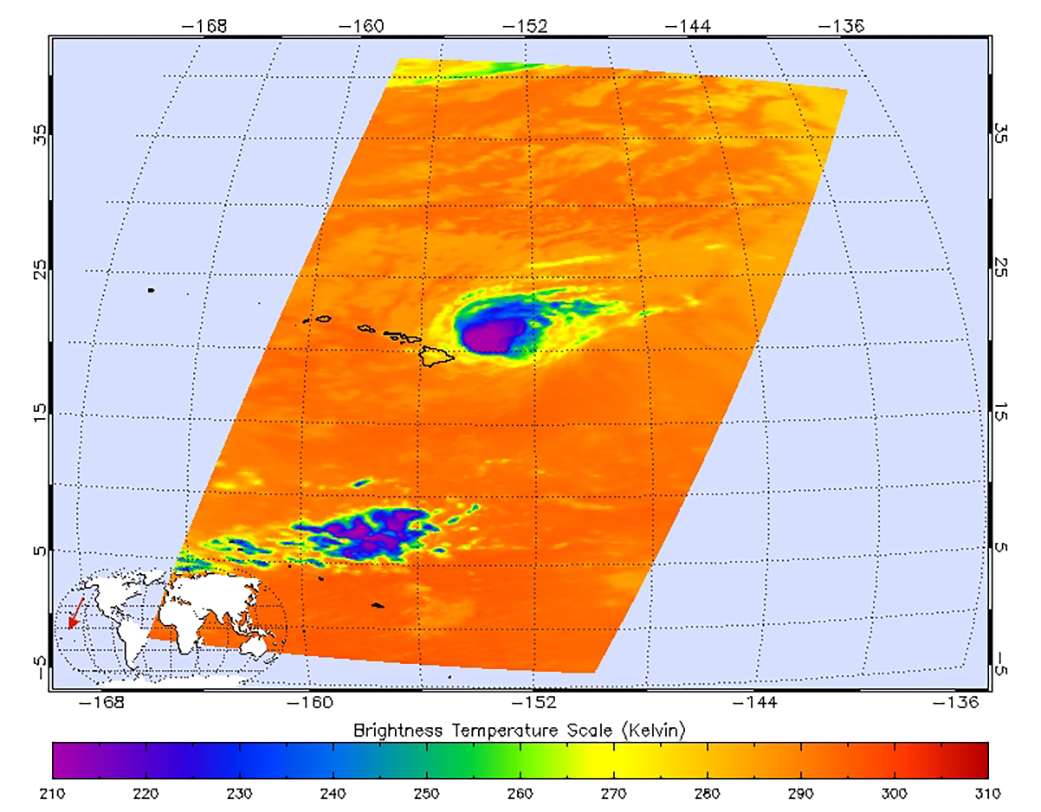
NASA's AIRS instrument captured this image of Hurricane Douglas at 1:53 a.m. local time on July 26, 2020, as the storm swept towards the Hawaiian Islands.
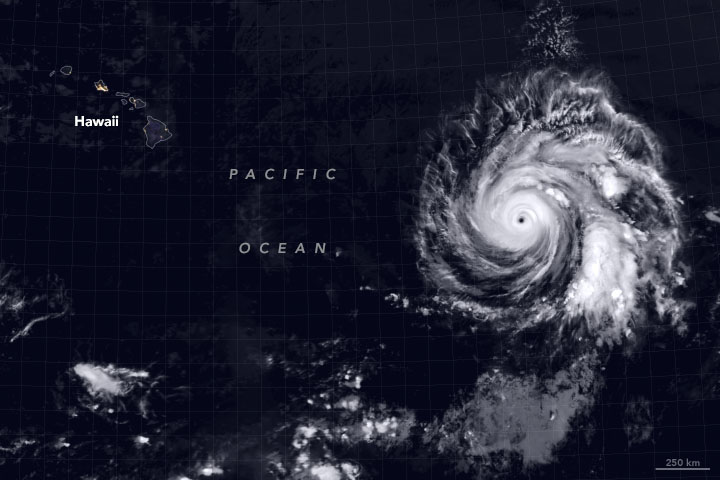
This satellite image of Hurricane Douglas was captured by the Moderate Resolution Imaging Spectroradiometer (MODIS) instrument on NASA’s Terra satellite on July 23, 2020, at approximately 9:45 p.m. Hawaiian Standard Time.
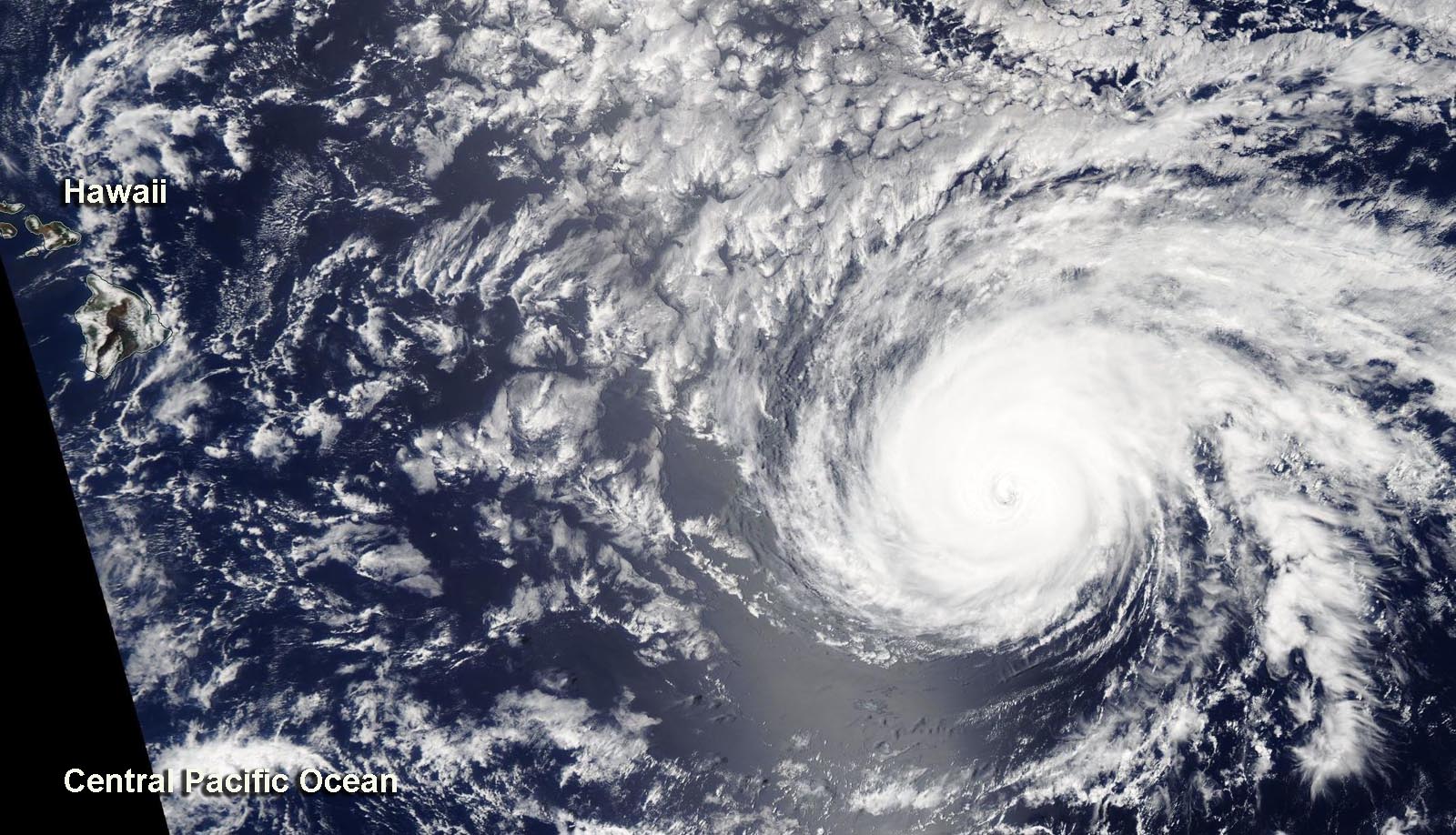
On July 24 at 1:30 p.m. EDT (1730 GMT), the MODIS instrument aboard NASA's Aqua satellite provided a visible image of Hurricane Douglas as it continued on a track toward the Hawaiian Islands. The image showed a clear eye with a circular structure.

On July 24, 2020 at 6:30 a.m. EDT (1030 GMT), the MODIS instrument aboard NASA's Aqua satellite gathered temperature information about Hurricane Douglas' cloud tops. MODIS found the most powerful thunderstorms (red) were in the eyewall, where temperatures were as cold as or colder than minus 70 degrees Fahrenheit (minus 56.6 Celsius).
Email Chelsea Gohd at cgohd@space.com or follow her on Twitter @chelsea_gohd. Follow us on Twitter @Spacedotcom and on Facebook.

Chelsea “Foxanne” Gohd joined Space.com in 2018 and is now a Senior Writer, writing about everything from climate change to planetary science and human spaceflight in both articles and on-camera in videos. With a degree in Public Health and biological sciences, Chelsea has written and worked for institutions including the American Museum of Natural History, Scientific American, Discover Magazine Blog, Astronomy Magazine and Live Science. When not writing, editing or filming something space-y, Chelsea "Foxanne" Gohd is writing music and performing as Foxanne, even launching a song to space in 2021 with Inspiration4. You can follow her on Twitter @chelsea_gohd and @foxannemusic.

